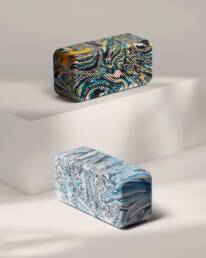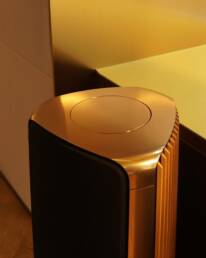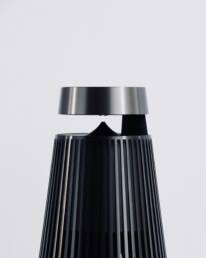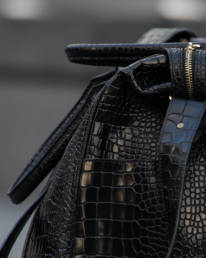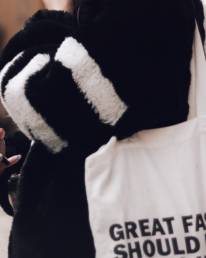WHERE DID THEY COME FROM?
Fruit stickers are an everyday item we don’t think twice about. Or if anything, we are all too familiar with the annoyance of biting into one by mistake or the 10 minutes it takes to flick one off ur fingertips into the nearest garbage can. All the while, they are an important piece of communicative and design real estate that is often overlooked. They tell us a lot about what we are putting into our bodies as well as the quality and sourcing of the product. Like any everyday object, there is a curiosity that sparks in the mind…where did they actually come from?
Tom Mathison, a farmer based in Washington, popularized the use of fruit stickers at broad scale in an effort to advertise his organic produce from Stemilt Growers. Considered by locals as an ‘icon of the Washington fruit industry’, Mathison was ahead of his time, promoting organic fruits and communicating the quality behind what customers were buying.
IN THE EVERYDAY
Flash forward to today and fruit stickers are a given, widely used by the smallest local farms to the world’s largest distributors like Dole and Del Monte. The majority of which include a PLU code which can signify a number of different things. For example, a PLU starting with the number 9 means that it is organically grown. Starting with 48 or 49 means that it has been grown with herbs. This is a standard set across numbers countries including the United Kingdom, United States, Chile, Canada, Australia, Norway, and New Zealand. Often the countries with less regulation have the most unique designs and may omit the PLU entirely. Perhaps in some ways, this is their bet at standing out from the crowd.
What is particularly interesting about these everyday objects is the fact that they are mini announcements to help customers decipher the quality and origin of a product. They tell us a lot about how it came into being, was grown, shipped, and sold. The question then begs, what if all our products did this? Imagine if we were to fully and completely know how the fibers were grown in the shirt we are wearing or whether they are a mix of synthetic or completely synthetic. While we of course have labels inside that explain fiber content, that is the depth of it. We still know very little about the manufacturing and supply chain behind what we wear and fill our homes with and we can’t narrow down much further into the sourcing of materials including the millions of fibers that went into it.
Was it sustainable or even ethical? We’ve made some serious strides to navigate these priorities and many brands have sprung up in answer to this, but the reality is that as customers we are still very much in the dark when it comes to how our products are sourced and sold.
AHEAD OF THEIR TIME
When we buy, we are satisfying two things: necessity and aesthetics. You buy an apple at a grocery store out of a basic essential need, to fulfill hunger. You select that specific apple from the heap of all the others because it has the smoothest surface or the brightest color. We buy a dining table out of basic necessity to eat food off of, but what sells is the aesthetics. Black or white, light wood or dark wood…will this work with my mid century, meets farmhouse, meets avant garde vibe I have throughout my condo?
Fruit stickers, although often forgotten or even at times a minor inconvenience, are in a sense ahead of their time once again, telling us a lot about what we are buying and helping us make better decisions.
Photo: Half Peeled Banana Fruit by Charles Deluvio, Hand Drawn Banana
Coralie Myrne
Coralie Myrne is a seasoned journalist with a keen eye for sustainable fashion trends, serving as the voice of conscience for "EcoStyle Insights." Combining her love for writing with a passion for environmental advocacy, she travels the world uncovering the stories behind eco-friendly designs and the innovators shaping the industry. With a commitment to authenticity and a dedication to promoting conscious consumerism, Coralie empowers readers to make informed choices while looking effortlessly stylish.

